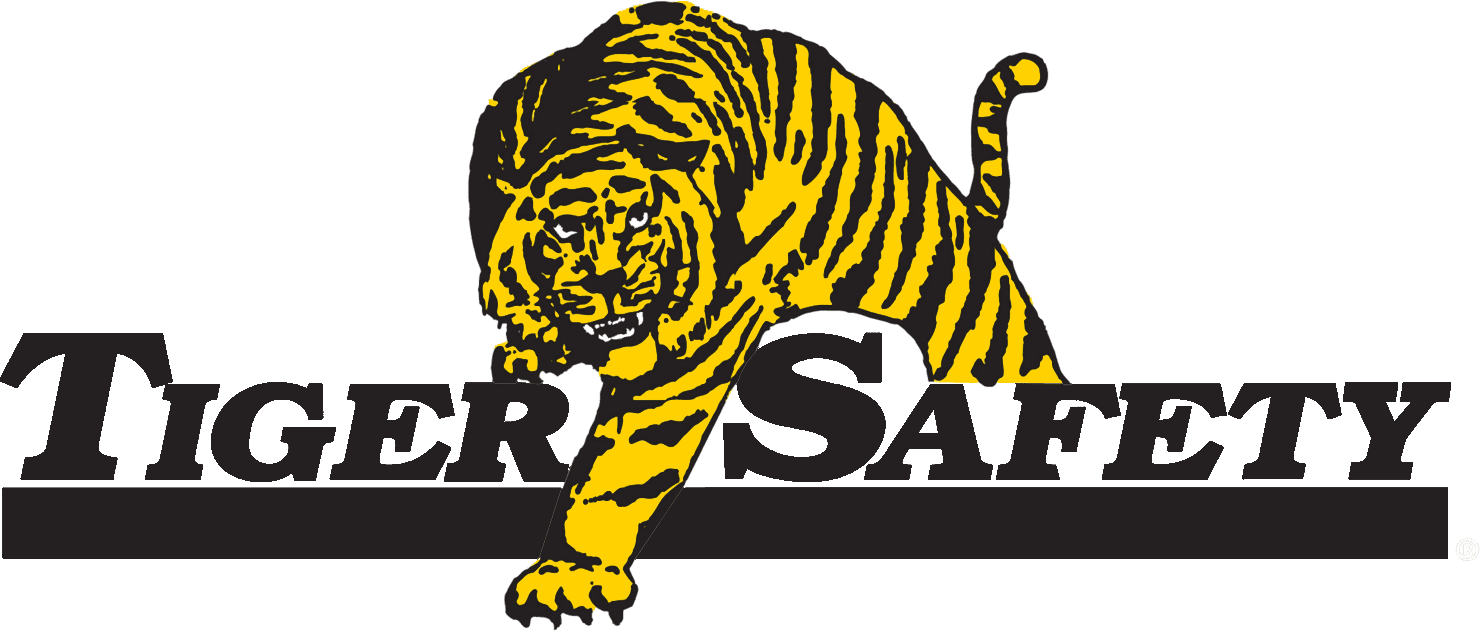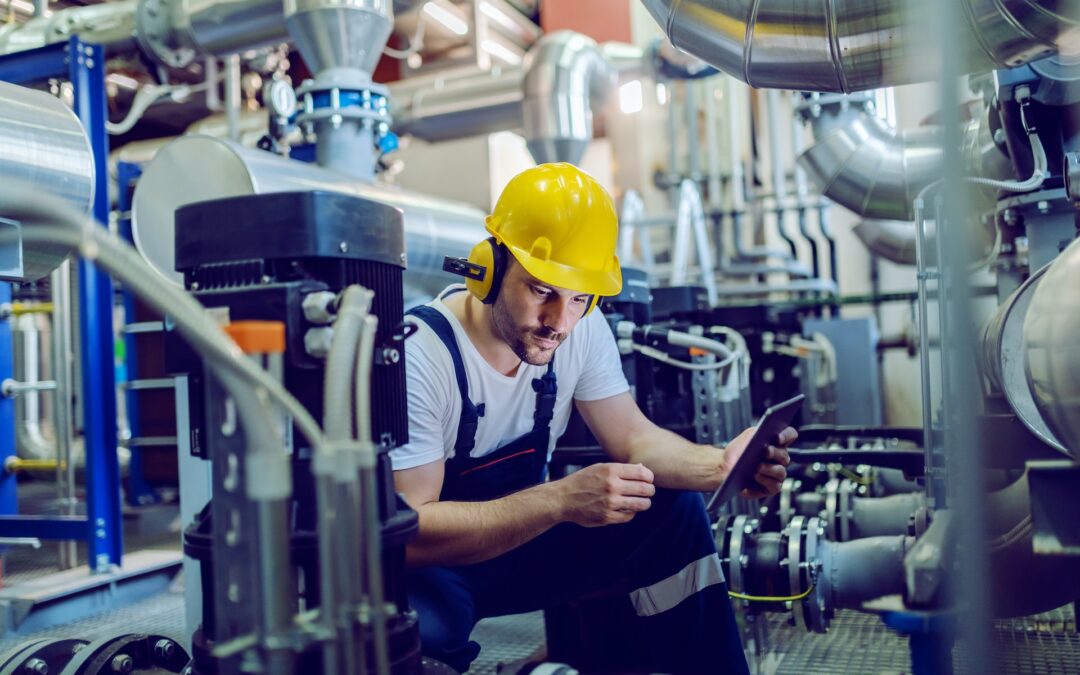Confined spaces pose unique hazards in the oil and gas industry, making it essential to have proper safety practices and specialized equipment to ensure worker safety. In this article, we will explore the specific challenges and risks associated with confined space work, discuss the optimal safety practices to minimize these hazards, and highlight how Tiger Safety Rentals can support your efforts in ensuring a safe working environment for your workforce.
With a wealth of experience serving the global oil and gas industry, Tiger Safety Rentals is committed to providing the essential services and equipment required to overcome the demanding safety challenges faced by workers in confined spaces. Our unrivaled industry knowledge, dedication to safety, and comprehensive range of specialized safety equipment make us a trusted partner for oil and gas companies worldwide.
Read on to learn more about the hazards of confined space work in the oil and gas industry, the importance of implementing effective safety practices, and the advantages of partnering with Tiger Safety Rentals to address your confined space safety requirements.
Understanding Confined Space Hazards in the Oil and Gas Industry
Confined spaces in the oil and gas industry, such as storage tanks, pipelines, or process vessels, present unique risks to workers due to their limited access points, restricted ventilation, and potentially hazardous atmospheres. Some of the most common hazards associated with confined spaces include:
1. Toxic or Oxygen-Deficient Atmospheres: Hazardous gases, vapors, or particulates can pose serious health risks to workers and may even be life-threatening in extreme cases. Oxygen-deficient atmospheres increase the risk of asphyxiation and can exacerbate the toxic effects of other gases.
2. Flammable or Explosive Environments: The accumulation of combustible gases or vapors in confined spaces can create a potentially explosive atmosphere, posing significant risks to workers and facilities.
3. Engulfment or Entrapment Hazards: Loose materials or liquids within confined spaces can engulf workers, putting them at risk of suffocation, and narrow access points can lead to entrapment situations that hinder rescue efforts.
4. Ergonomic and Physical Hazards: Confined spaces often require workers to maneuver in awkward or cramped positions, increasing the risk of musculoskeletal strains, injuries, and fatigue.
Optimal Safety Practices for Confined Space Work
Implementing effective safety practices is crucial for minimizing risks and ensuring worker safety in confined spaces:
1. Hazard Identification and Assessment: Conduct a thorough hazard assessment of the confined space to identify specific risks, such as hazardous atmospheres, potential engulfment or entrapment hazards, or ergonomic challenges.
2. Develop Confined Space Entry Procedures: Establish detailed procedures for safe entry into confined spaces, including protocols for atmosphere monitoring, ventilation, communication, and emergency response.
3. Permit System for Confined Space Work: Implement a formal permit system that requires authorization for all confined space entries. Permits should outline the identified hazards, necessary precautions, required PPE, emergency response plans, and designated entry and monitor personnel.
4. Worker Safety Training: Provide comprehensive training for all personnel involved in confined space work, covering hazard identification, entry procedures, proper use of safety equipment, and emergency response.
5. Continuous Monitoring and Communication: Ensure ongoing monitoring of atmospheric conditions within the confined space during work activities and maintain clear communication between entry personnel, monitors, and management.
Essential Safety Equipment for Confined Space Work
Equipping your workforce with the appropriate safety equipment is vital for reducing risks associated with confined space work:
1. Respiratory Protection: Respirators, self-contained breathing apparatuses, or supplied air respirators may be necessary to protect workers from toxic or oxygen-deficient atmospheres.
2. Gas Detection Instruments: Portable gas detectors or fixed monitoring systems help identify hazardous gases and trigger alarms when action is needed, ensuring proper ventilation strategies and the safety of workers entering a confined space.
3. Ventilation Equipment: Forced air ventilation systems can help manage hazardous atmosphere risks by ensuring a continuous supply of clean air within the confined space.
4. Fall Protection and Retrieval Equipment: Harnesses, lanyards, and winches may be required to prevent falls and efficiently retrieve workers in an emergency.
5. Personal Protective Equipment (PPE): Appropriate PPE, such as protective clothing, gloves, safety glasses, or hearing protection, ensures workers are protected from environment-specific hazards within the confined space.
Tiger Safety Rentals: Supporting Your Confined Space Safety Efforts
Tiger Safety Rentals offers a comprehensive suite of products and services designed to address the unique challenges of confined space work in the oil and gas industry:
1. Specialized Safety Equipment: We provide an extensive range of equipment specifically designed for confined space work, including gas detectors, ventilation systems, respiratory protection devices, fall protection gear, and personal protective equipment.
2. Expert Consultation and Support: Our knowledgeable team can help you determine the most suitable safety equipment for your specific confined space challenges, ensuring optimal worker protection and regulatory compliance.
3. Training and Ongoing Assistance: Tiger Safety Rentals offers confined space safety training and ongoing support, ensuring your workforce is well-equipped and prepared for safe and efficient work in confined spaces.
Conclusion
Ensuring the safety of workers in confined spaces within the oil and gas industry is a crucial responsibility. You can reduce hazards and protect your workforce from harm by implementing effective safety practices and providing the necessary specialized equipment, such as confined space davit. When you partner with Tiger Safety Rentals, you can access the best safety equipment for confined space work and the expert guidance and support required to maintain a safe and compliant working environment.
Contact Tiger Safety Rentals today to learn more about our extensive range of confined space safety solutions and discover how we can help you create a safer work environment for your team and achieve lasting success in the challenging oil and gas industry.

